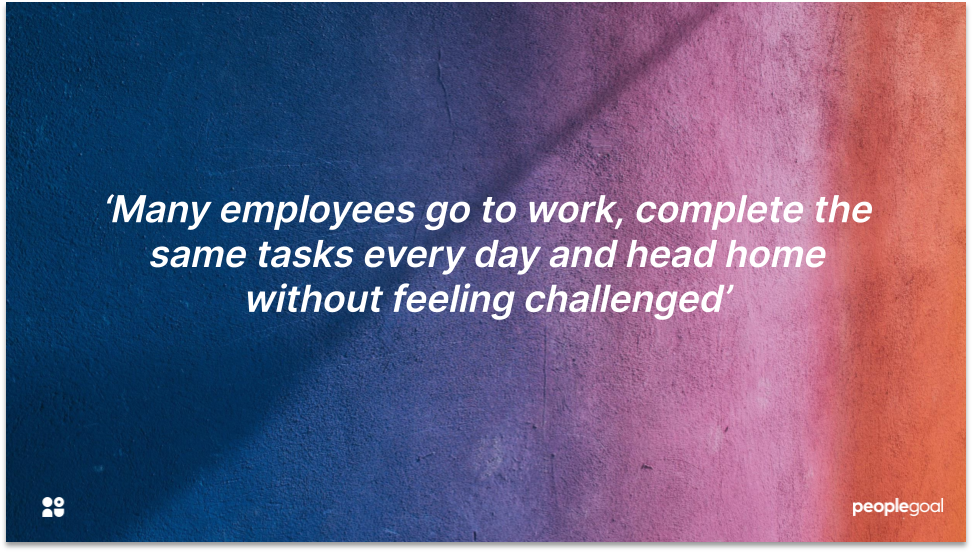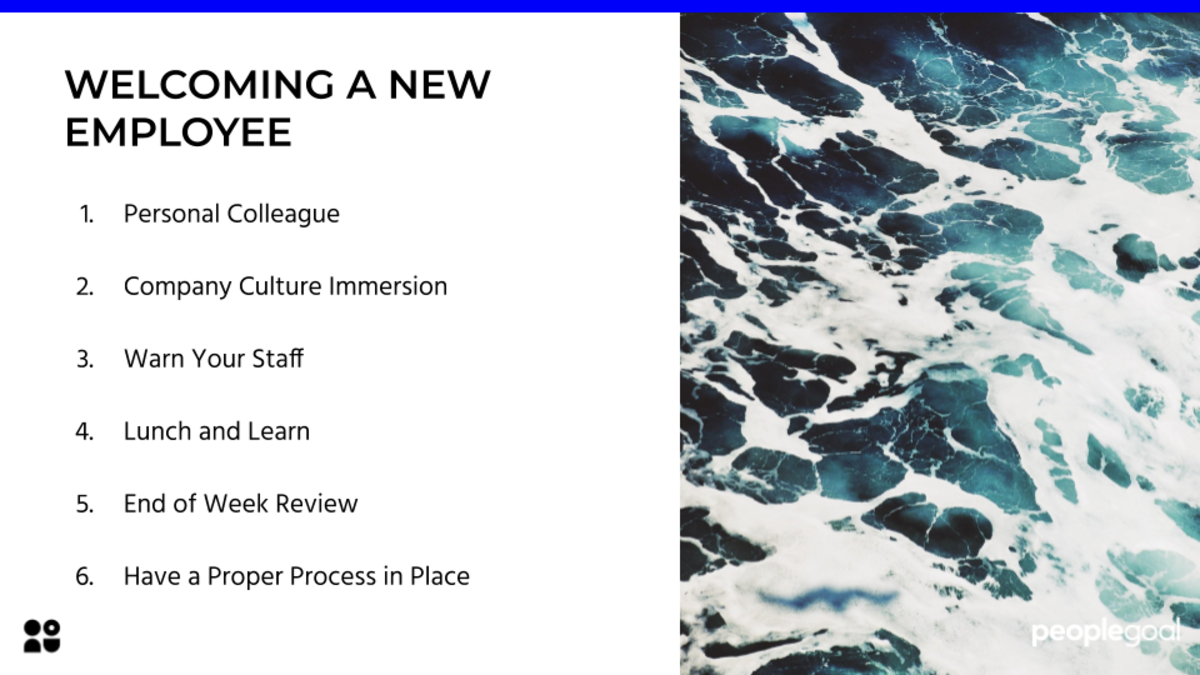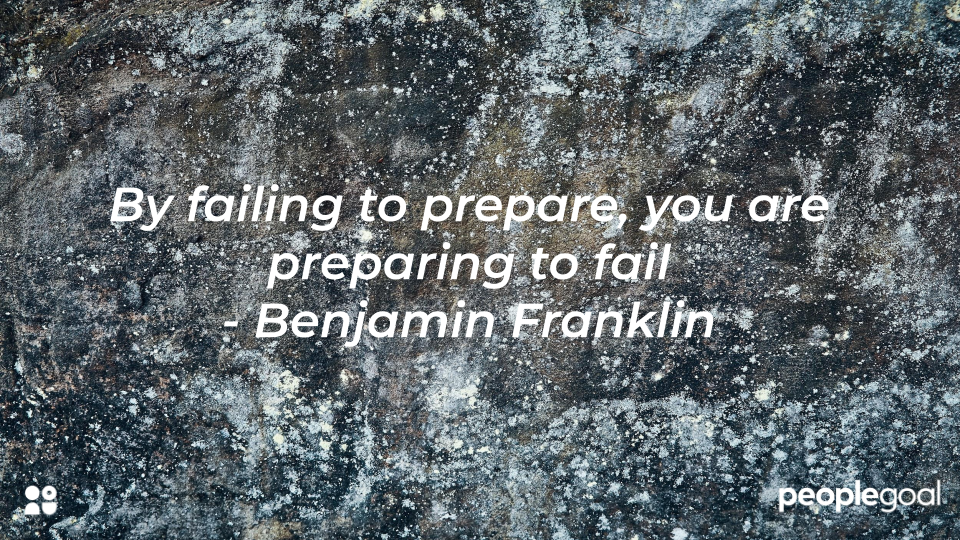The homeostasis definition (biologically speaking) is:
An organism’s ability to keep an internal equilibrium in response to changes in the environment. If we extend this metaphor to the business environment, how can you keep your business on an even keel in today’s highly changeable market? Let’s examine some ways to maintain homeostasis.

We have examined four methods to help you maintain homeostasis in your organization:
Set your goals from the top down
Businesses should define their top level objectives for each year. These should be decided at the management/executive level but based on the feedback from the whole company. Once the objectives and strategy have been decided it is important to ensure that this strategy is communicated and understood throughout the entire organization. One of the ways you can do this is to cascade your strategy down through the business like a waterfall. Make departments, teams and individuals set their own goals in alignment to the strategy. For example, if your key business objective is to "Grow sales by 10%" then you should require that individuals set goals which directly support this business objective.

Develop feedback mechanisms
It is very easy for a company to lose sight of employee engagement and performance. This can result in reduced employee productivity and high employee churn which will impact your company’s homeostasis. Therefore, it is important to create feedback mechanisms that will allow you to measure employee engagement and provide constructive feedback to your employees. To make it work it should be a two way channel also allowing employees to give feedback to management and managers. Also, avoid negative feedback and focus on constructive feedback that will enable development.
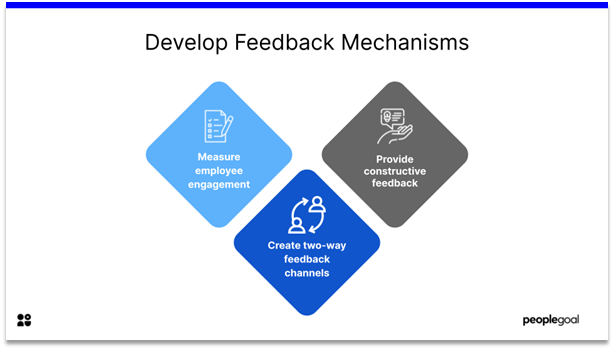
Monitor changes in the environment
Companies nowadays have so many channels of information available to them; but how do you know which signals to listen to anymore? It starts with identifying the key metrics which impact your success as a business. For example, your key performance indicator can be number of customer complaints, number of returning visitors or recurring sales revenue. When you have defined your KPI’s it’s critical to set up a business dashboard to monitor them. If you have a repeatable and reliable business dashboard it should function just like the dashboard on a car or airplane – i.e. let you know when there’s a problem!

Adjust your strategy
Be bold and listen to your instruments. When you have confirmed that there’s a change in the macro-environment which is visible on your performance (through the dashboard) you should be brave enough to make a decision and go with it. Adjust your strategy, cascade the new strategy and go for broke. Change is good, and listening to your instruments will allow you to maintain homeostasis in your business.
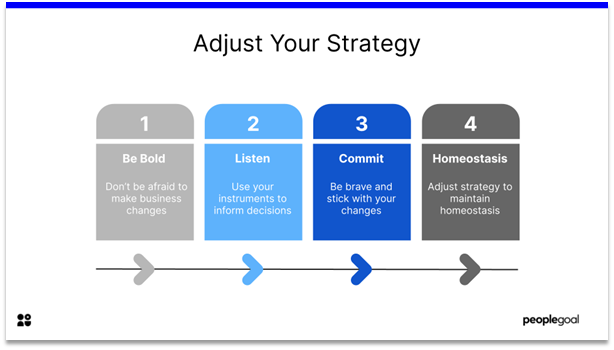
Ready to 3x Your Teams' Performance?
Use the best performance management software to align goals, track progress, and boost employee engagement.

